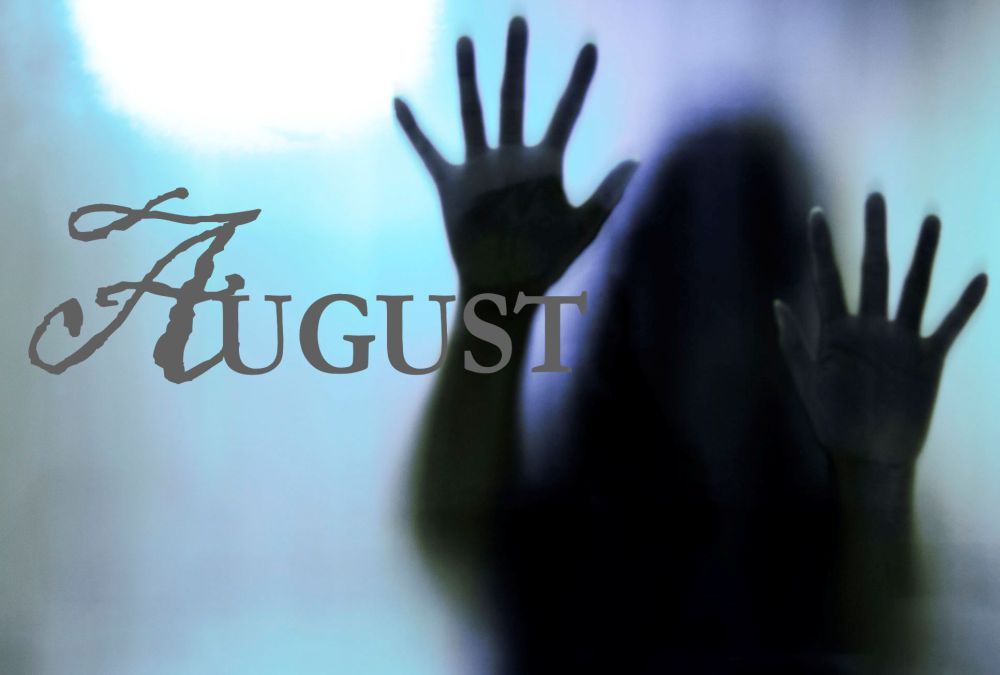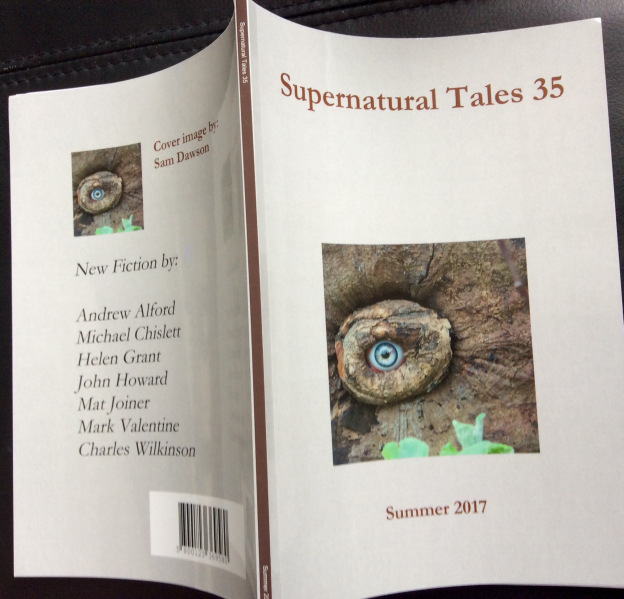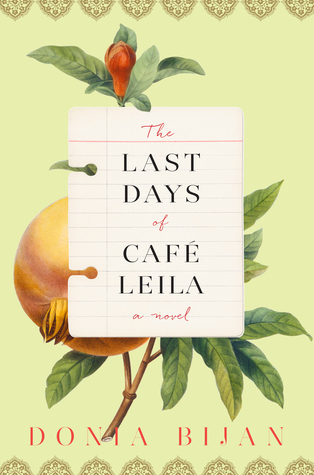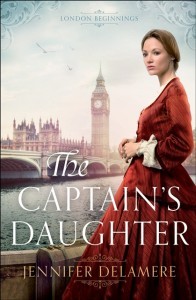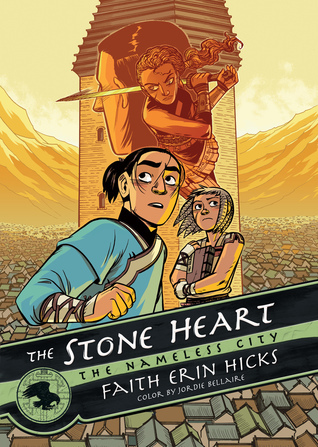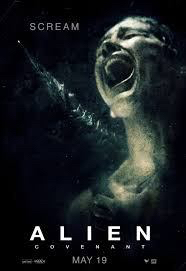 Have you ever read a story or watched a movie that brought a lump to your throat and tears to your eyes? Yes, of course you have. Good stories create an emotional experience for their readers or audience. It’s the reason why we like them so much. But how do their writers do it? It’s all about connecting the hero/heroine to the reader or audience so that they are invested in the outcome of the story, hoping for their hero/heroine’s success and fearing for their failure.
Have you ever read a story or watched a movie that brought a lump to your throat and tears to your eyes? Yes, of course you have. Good stories create an emotional experience for their readers or audience. It’s the reason why we like them so much. But how do their writers do it? It’s all about connecting the hero/heroine to the reader or audience so that they are invested in the outcome of the story, hoping for their hero/heroine’s success and fearing for their failure.
The protagonist (or main character) doesn’t have to be heroic, but they often are. One of the dictionary definitions of a hero is of ‘a person admired or idealised for courage and outstanding achievements or noble qualities’. They don’t have to be perfect — far from it. Many of them must overcome their initial shortcomings to reach their story objective. But in the process, they must display courage, tenacity and resourcefulness to endear them to the reader.
The late Blake Snyder likened a movie to going on a journey with a person (the protagonist) where the single most important element in drawing us into the story was liking the person we were going on the journey with. He even named his book on screenwriting “Save the cat” after the scene in which we meet the hero and he/she does something to make us like him/her. Snyder gives the example of Lara Croft 2 as a movie that tanked because the audience failed to connect with the Lara Croft character. He described her as cold and humorless.
Snyder was right. Take a story that did well both as a book and a movie — The Hunger Games. Katniss Everdeen is selfless, courageous and an underdog who volunteers to take her sister’s place at the Hunger Games and face almost certain death. It’s hard not to empathise with the character, and punch the air when she wins against the odds. Take another great movie – Die Hard. A New York cop trying to patch his marriage up taking on a group of ruthless terrorists. Again it’s hard not to empathise with John McClain.
But does it always work out that way? I’m not sure it necessarily applies to some movies in the horror genre, where one-by-one the cast is killed by some unthinkable monster. Snyder describes this genre of movies as Monster in the House Movies. He describes them as having three components: an evil monster, a house (an enclosed space), and a sin where someone is guilty of bringing the monster into the house.
One of my favourite movies in this genre is Alien. Clearly, in this movie there was a kick-ass protagonist we could connect with — Ripley, played by Sigourney Weaver, who emerged as the leader after the captain was killed by the alien. She was strong and resourceful:
- She refuses to let the infected Kane onboard the ship, but is over-ruled by Ash.
- She deciphers the signal determining it was a warning, not a distress signal.
- Ripley confronts Ash (the android) and overcomes him with the help of Parker.
- She initiates the self destruct sequence on the ship
- She saves the ship’s cat – Jones (Blake Snyder would be proud!).
- She finally overcomes the Alien by opening the airlock in the shuttle, shoots it with a grappling hook and fires the engines to blast the alien into space
Like so many Sci-fi fans, I loved the original movie and it’s sequel, Aliens. But after the success of the first two movies, the Alien franchise seemed to lose direction. Recently, I watched the Alien Covenant movie. I was particularly looking forward to it because it was directed by Ridley Scott, the same director as the original iconic Alien movie.
So did Alien Covenant connect with a protagonist and capture the essence of the original movie? The critics liked it; the fan-base was split. In my view, the problem was the audience didn’t connect with the protagonist in the same way as the original and the plot was dependent on the unbelievable stupid behaviour of the Covenant’s crew.
In Alien Covenant, the protagonist that emerges in the later stages of the movie is Daniels (played by Katherine Waterston), the widow of the ship’s captain. But for most of the movie her role is overshadowed by Oran, the acting captain, until he is tricked by the David the mad android into believing looking into an alien egg was safe. (Why the captain should believe the android after witnessing his crew members death by an alien and the android’s reaction to the killer is totally unfathomable as are a number of his decisions.)
Comparison is sometime made between Daniels (played by Katherine Waterston) and Ripley (played by Sigourney Weaver) in Alien. Both take over when the captain is killed. But Ripley in the original Alien film was a much stronger and resourceful heroine throughout the movie. Watching Covenant for the second time it’s easier to see that the character of Daniels was developing throughout the movie, but not to the same degree as Ripley. Maybe this was intentional given the twist and negative ending to the movie. But the problem of not identifying a strong protagonist early in the movie, means the audience is confused about which character to root for.
As a cinematic experience there is no doubt that Alien Covenant was well-directed and executed, and some of the CGI was simply amazing. But the whole plot relied on the crew of the Covenant making one unbelievable stupid mistake after another to play into the hands of David, the delusional android, who was driven insane by resentment for his mortal creator and a Norman-Bates-type obsession for the dead Elizabeth Shaw.
By all accounts, Alien Covenant was a box office success, and was probably never expected to out-shine the original Alien movie that started the franchise. And maybe that’s all that matters to Hollywood. I’m sure it won’t stop the fan-base waiting patiently for the next Alien movie to be released.
Share this:
